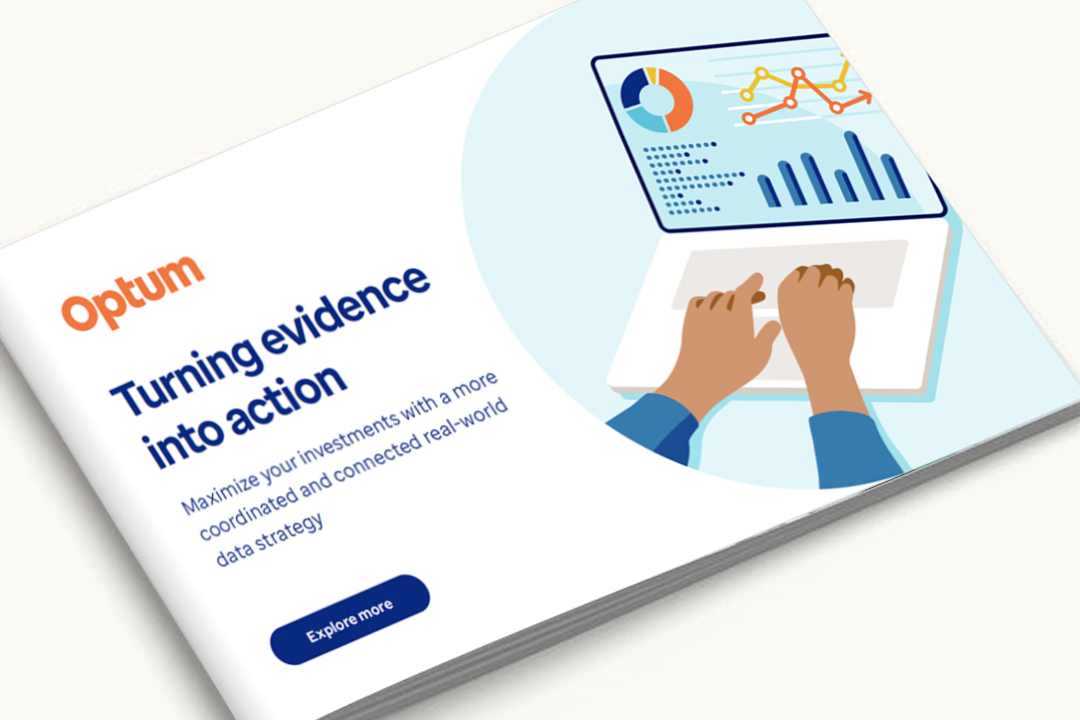Having data is not the same as having useful data
Every day, providers are collecting data points from patients via clinical encounters. These can include new diagnoses, lab results, socioeconomic barriers to care, meaningful symptomatology and outcomes not resident in healthcare claims and much more. These data provide rich insight into a patient’s journey through the healthcare system. And they can be analyzed to help providers understand key drivers of patient health and strive for better outcomes. These efforts may drive greater value for health systems, providers and patients.
Most healthcare providers are conscious that data are coursing through the veins of their organization and are keenly aware of the inherent value they can bring to patient care. But that doesn’t always mean these giant data repositories are easy to access or to work with, given the barriers that stand in the way.
Standing up an electronic health records (EHR) system itself has its own costs and challenges — and the clinical data outputs often still aren’t analysis-ready. And IT bandwidth and data management resources needed to extract, normalize and package the information in formats that can support clinical and operational research are not always easy to come by, even for larger organizations.
So, while many organizations actively evaluate opportunities to maximize data value in innovative, secure and scalable ways, is there a way providers can leverage these data more easily?
Fortunately, the answer is yes.
Trusted third-party vendors specializing in data science can help provider organizations optimize data quality and possible use cases. Organizations can then reap the benefits of their own data without the headaches associated with packaging the data and maintaining the necessary storage infrastructure. With this support, organizations can forge purposeful partnerships to help transform their data into insights that will further their strategic and clinical priorities.





![Forging New Paths to Create a Healthier World [E-book]](/content/dam/optum-dam/images/business/pharmacy/transform-real-world-data-ebook-1080x720.png)
